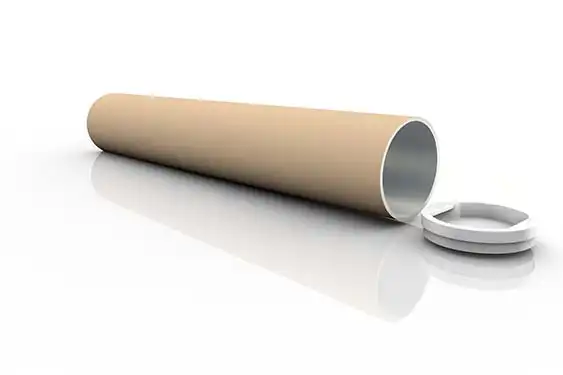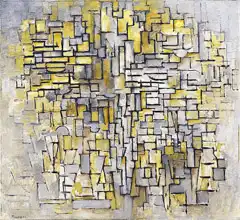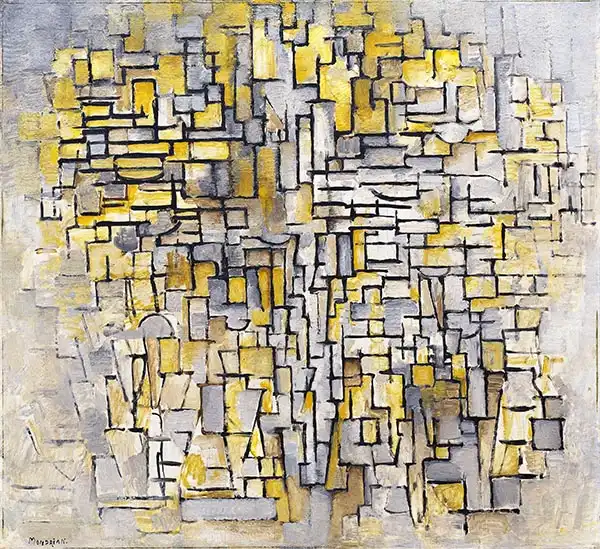About this finishing
Print. The image is printed on the top quality 10-ink HP Z9PS printer on HP matte 270 g / m2 paper. You can choose any size to an accuracy of 1 cm. A margin of 5 cm around the image is added to the size of the motif.


You can find a detailed description about our finishings
here.
Composition no. 7
Date:
1913Medium:
oil on canvasDimensions:
105.1 x 114.3The painting shows an abstract composition that contains overlapping geometric shapes reminiscent of the Cubist style. The colours are predominantly in shades of grey, white and yellow, with strong accents of gold and beige. The composition is rhythmic and appears to be inspired by architectural structures. The artist has used the effect of the texture of the paint, giving the painting a dynamic and three-dimensional quality. The artist's signature can be seen at the bottom.
This description was created by artificial intelligence, please be indulgent.
Mondrian painted picture Composition no. 7 in 1913. Prevailing color of this fine art print is vivid and its shape is landscape. Original size is 105.1 x 114.3. This image is printed on demand - you can choose material, size and finishing.
Piet Mondrian (1872-1944) Painter. Despite being from a family of drawing teachers, he was initially drawn to a priestly life. At last, his uncle brought him to painting as he had enrolled Mondrian at the Academy in Amsterdam. Mondrian experimented in his painting. His early works bear a clear inspiration from
impressionism. At the 1911 exhibition in Amsterdam, he met with the newly beginning style of
Cubism, of which he became very fond. Through continuous painting of the same object (
Tableau I), he tried to capture its true nature. For three years, he lived in Paris, but with the beginning of World War I, he returned to Holland. He did not remain long, and again returned to Paris, where he created very abstract images -
Duinlandschap. His greatest fame, paradoxically, came in the USA, where he had to move under the threat of Nazism in 1938. It is said that he worked so hard that he had blisters on his hands from paint brushes. Through his geometricism he influenced many of his successors. Piet Mondrian died 1. 2. 1944 pneumonia.


